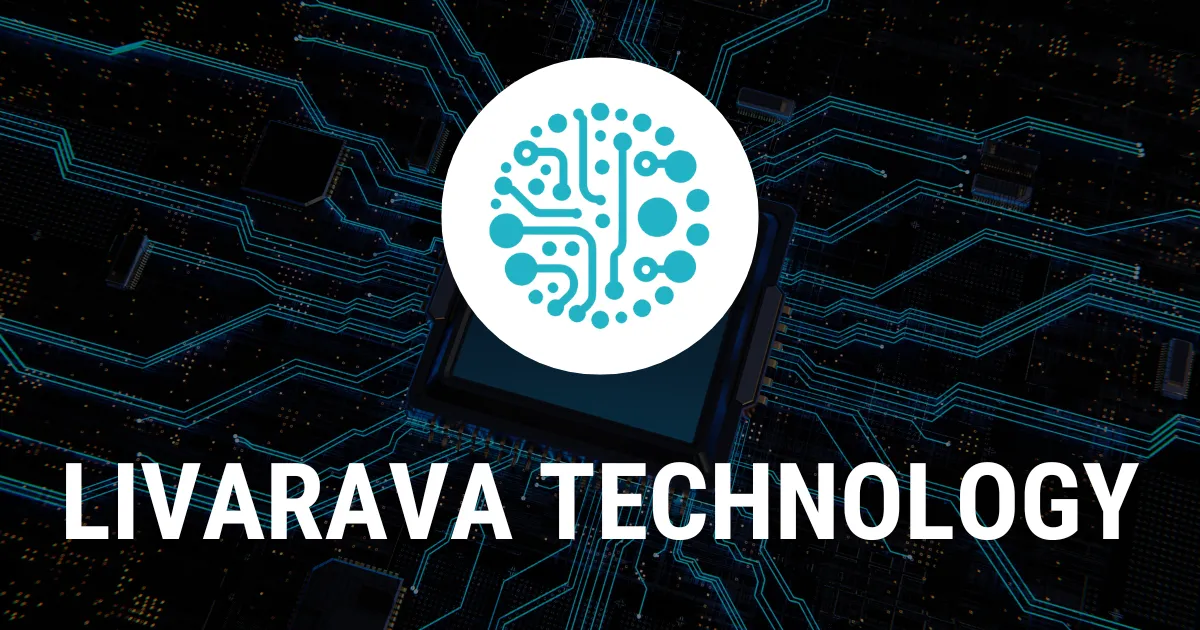Predicting Parkinson's Disease Risk: A Game-Changer in Machine Learning

Machine Learning Technology: A New Era in Predicting Parkinson's Disease
Machine learning is increasingly becoming a vital tool in the medical field. A recent study published in Neurology reveals that a new machine learning model can accurately predict the risk of developing Parkinson's disease up to 15 years in advance. This groundbreaking study showcases the potential to identify individuals who are at high risk long before the onset of symptoms, paving the way for early intervention strategies and improved patient outcomes.
How the Model Works
- Data Analysis: The model uses complex algorithms to analyze a variety of health data.
- Risk Prediction: It focuses on early biomarkers that signify potential development of Parkinson's.
- Transformative Impact: Early identification could lead to proactive management and clinical trials.
Future Implications of Machine Learning in Healthcare
As machine learning advances, its applications in healthcare continue to expand. The ability to predict conditions like Parkinson's disease not only enhances patient care but also propels research into targeted treatments, highlighting a significant shift towards prevention and personalized medicine in the tech-driven healthcare landscape.
Final Thoughts
As we embrace technological innovations, the integration of machine learning in predicting disease risks marks a pivotal moment in healthcare. The implications of such breakthroughs could reshape treatment paradigms and foster quicker responses to emerging health concerns.
This article was prepared using information from open sources in accordance with the principles of Ethical Policy. The editorial team is not responsible for absolute accuracy, as it relies on data from the sources referenced.